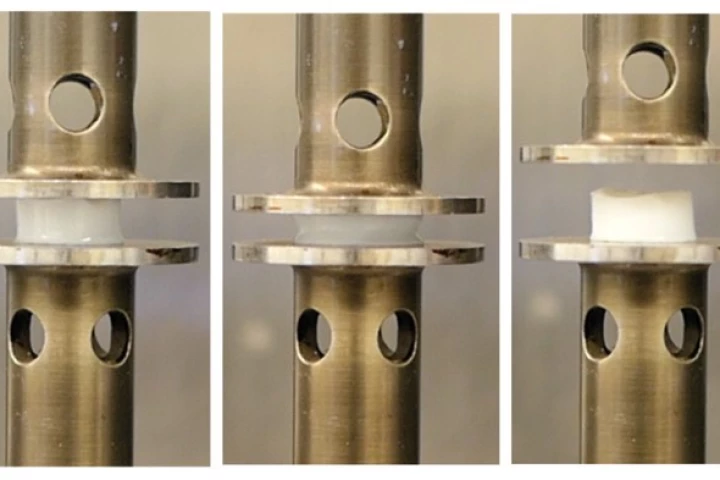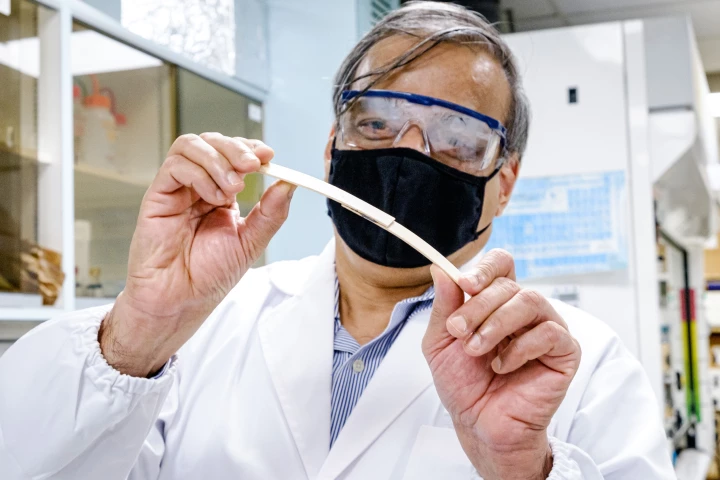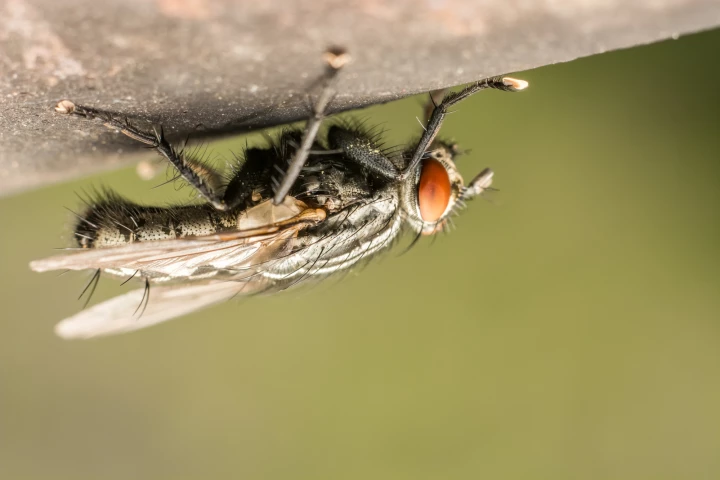Adhesive
-
A powerful new adhesive can grip strongly in extreme temperatures, from the deep freeze of liquid nitrogen to the sweltering heat of an oven. Better yet, it can be broken back down into its component parts and reused without losing strength.
-
Mussels have long been known for the adhesive they produce, which allows them to cling to rocks. The protein responsible has now been utilized in a new skin grafting technique, which reportedly results in little to no scarring.
-
In order to spread to other host trees, the parasitic mistletoe plant has very sticky seeds that cling to bird feathers, bark, and other materials. According to a recent study, the "glue" on those seeds could inspire new biomedical adhesives.
-
While we may think of wood as being earthy and natural, wooden materials such as plywood typically contain formaldehyde-based adhesives that give off toxic fumes. Such is not the case with a new adhesive, which is made from glucose and citric acid.
-
By carefully tinkering with the chemical structure of a common household plastic, scientists have managed to upcycle it into a reusable adhesive with unique properties, billing it as one of the toughest materials known to science.
-
Adhesives that hold underwater are elusive, but could be useful for marine repairs or tissue healing. Researchers have now developed a new type of adhesive hydrogel that combines the underwater stickiness of mussels with the strength of spider silk.
-
It’s hard to get medical adhesives to stick when blood is making everything wet. Now, MIT researchers have developed a new surgical glue that can halt bleeding within 30 seconds, inspired by the super-strong underwater adhesive used by barnacles.
-
Although there are glues that work underwater, they typically require at least 24 hours to set – which can be tricky in chaotic marine environments. A new additive, however, reportedly allows underwater resin adhesives to set in just 60 seconds.
-
Whether it's a beam supporting a building or Scotch tape holding together a school science project, we're accustomed to the idea of materials becoming weaker as they age, but a newly created material might just flip the script in this regard.
-
Ordinarily, epoxies are cured by exposure to either heat or ultraviolet light. Both have their drawbacks, which are nicely avoided by a new epoxy that hardens when passed through a magnetic field to produce a similar bond using a fraction of the energy.
-
Ordinarily, if you want to separate two objects that are glued together, harsh solvents or mechanical force are required – either one could damage the items. A new glue, however, releases its bond by simply turning to gas.
-
The natural world is a great source of inspiration for scientists working on advanced adhesives. The latest example, inspired by the clingy footpads of flies, can be attached and detached over and over like a piece of Velcro.
Load More











